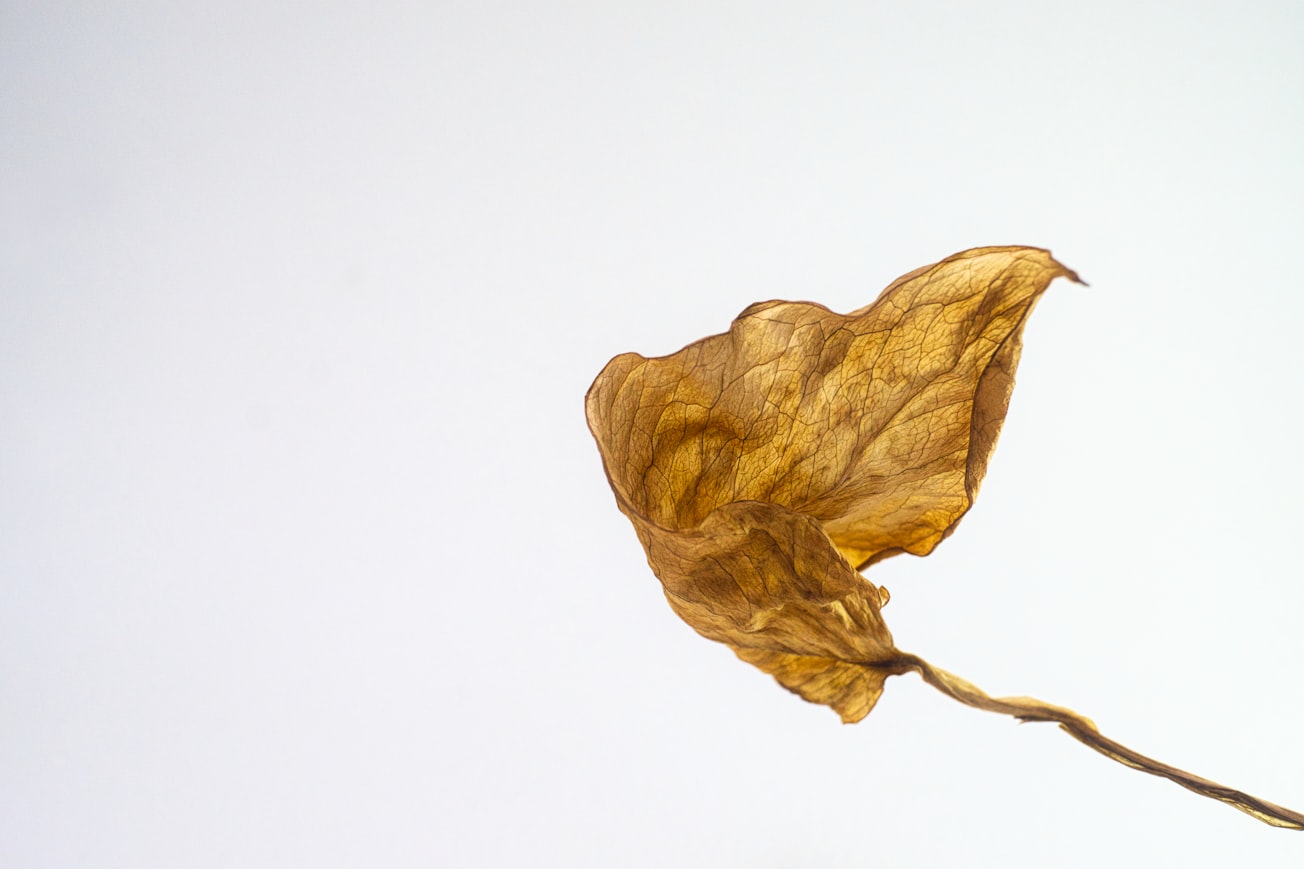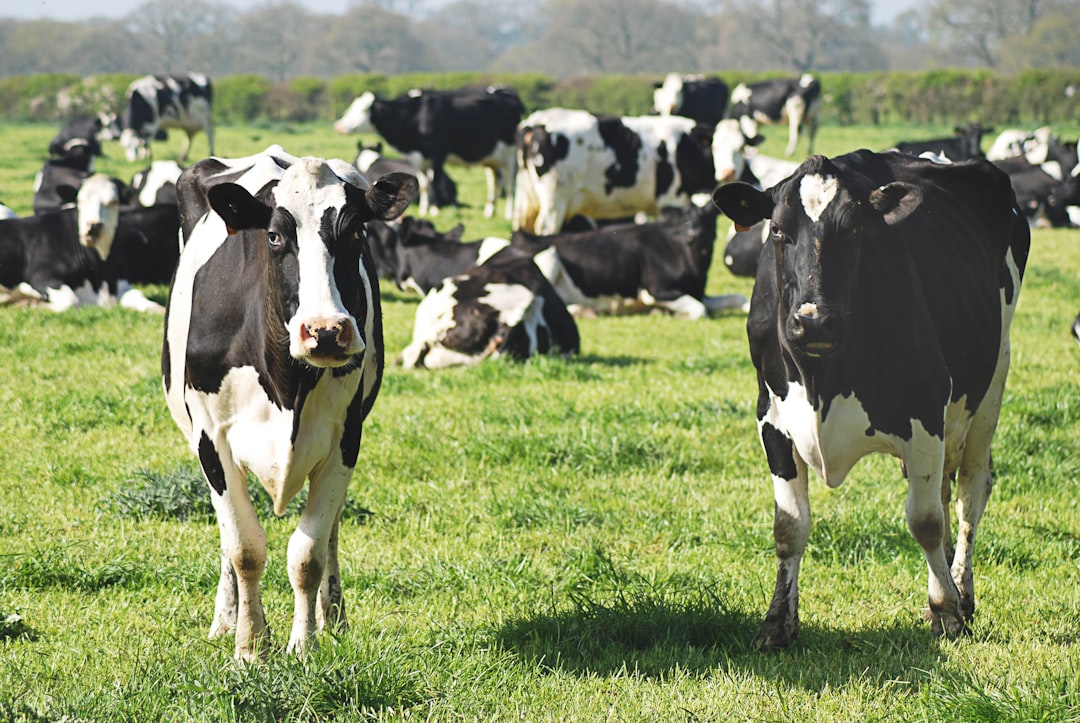What is it about?
After exercise, older people fail to recover as quickly and completely as young people. A well-known age-related change is oxidative stress, which includes a high level of reactive oxygen species such as hydrogen peroxide in all cells, muscle cells included. We made mutations in the gene encoding the muscle-regulatory protein calmodulin that mimic how calmodulin would look when oxidized by hydrogen peroxide. In muscle cells grown in culture, the mutation caused a key part of muscle regeneration, the differentiation of stem cells into new muscle cells, to fail. This finding suggests calmodulin can sense and respond to oxidative stress by putting the breaks on muscle regeneration.
Featured Image

Photo by Thomas Kinto on Unsplash
Why is it important?
It is important to understand the process of aging at the molecular level so that we can design molecular-level interventions to delay or reverse age-related disease. Here, we found that a single amino acid site in a single muscle protein can sense and respond to the changing cellular environment in a way that recapitulates an aspect of muscle aging.
Perspectives
If we understand the important regulatory nodes in the aging process, it becomes possible to alter their behavior in ways that support human health. Here, we made a change in a regulatory node that enhanced age-related muscle dysfunction at the cellular level. You can imagine a future where we can age-proof our genome by introducing gene edits that delay age-related disease.
Jennifer Klein
University of Wisconsin Madison
Read the Original
This page is a summary of: The calmodulin redox sensor controls myogenesis, PLoS ONE, September 2020, PLOS,
DOI: 10.1371/journal.pone.0239047.
You can read the full text:
Contributors
The following have contributed to this page










